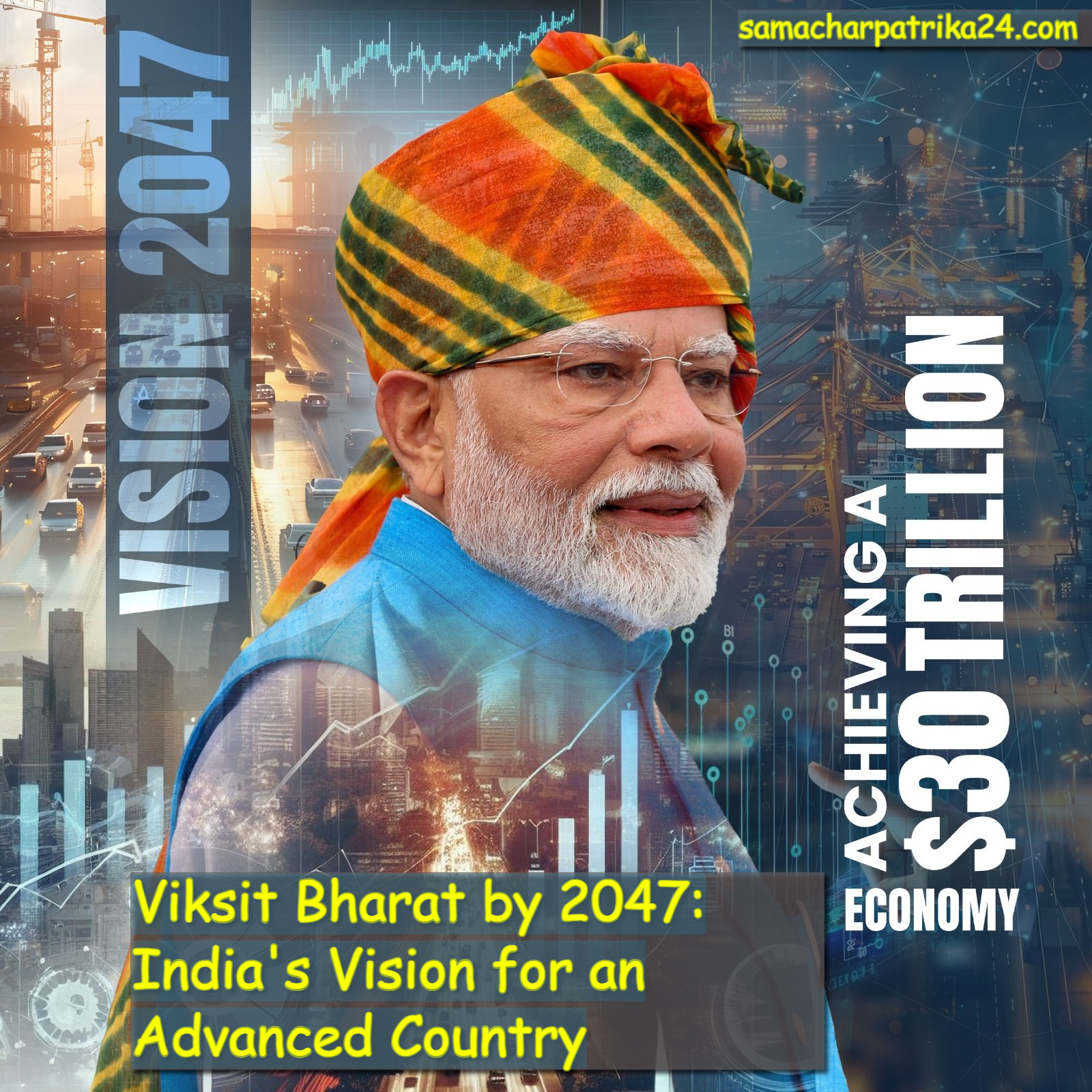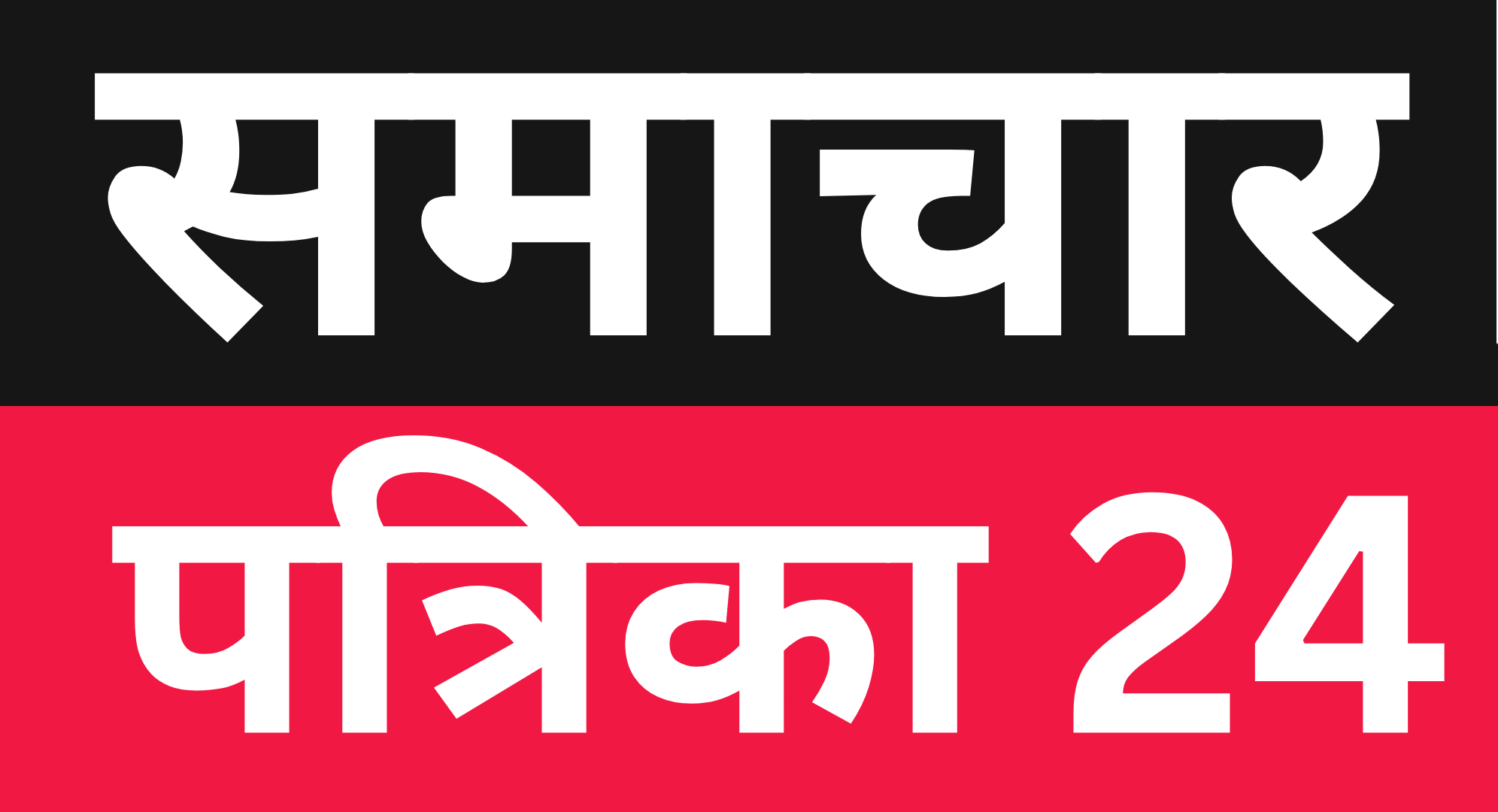As India approaches the centenary year of independence in 2047, the country has a well-defined thought of being a developed and prosperous nation. “Viksit Bharat”, thus, becomes the ideal encapsulation of this hope- an idea that percolates through economic development, social progress, technological advancement, and the sustainable involvement of all stakeholders in creating better life for everybody. The road to such a dream would demand the smart application of strategic and sectoral collaboration along with bold reforms.
The Vision of Viksit Bharat
The vision “Viksit Bharat by 2047” is a vision of a new and an ideal India: economically self-reliant, globally competitive, technologically advanced, and inclusive. It is an imagination of India where poverty has been completely abolished; inequality has been minimized to the minimum extent; infrastructure has been world-class; and each citizen has enjoyment in terms of basic services offered by these three basic necessities-health, education, and clean energy.
This vision finds ground on the idea that India’s gigantic resources and enormous youth strength make it one of the greatest economies of the world. It also exemplifies the fact that growth needs to be sustainable and inclusive enough to reach all corners of society, regardless of the marginalized.
Pillars of Viksit Bharat 2047
- Economic Growth and Self-reliance
Viksit Bharat, in its core, reflects on the sound and vibrant economy. As of 2047, India wants to form part of the top three economies in the world, powered by rapid industrialization, a strong services sector, and an agricultural base. Already, programs like Atmanirbhar Bharat (self-reliant India) are establishing ground for work in domestic manufactures, reducing imports, while encouraging innovation.
Reforms in taxations, labor laws, and investment in infrastructure are a priority. The digital revolution through Digital India would push entrepreneurship and innovation further. The back-end engine of technology will provide a fighting chance for India to stay competitive on the world stage. - Infrastructure and Urbanization
Infrastructure is critical to the country’s support mechanism toward the set development goals. India would see hosting cities that are smart, sustainable, and livable with good public transportation as well as strong utilities, all coming at a maximum green space. Urbanization will be costly, with emphasis on housing affordability, clean water, sanitation, and waste management.
Millions of investments are being made towards improving the roadways, railways, ports, and airports to connect the country better. Projects like Bharatmala (road connectivity) and Sagarmala (port modernization) will augment transport networks and increase trade. Renewable energy determines the future infrastructure of India by focusing more on solar and wind power to meet increasing energy demands . - Sustainable Development and Climate Action
Developed India by 2047 also needs to be an eco-friendly one. The ability to grow by achieving sustainability needs to be a priority as India faces the climate change challenge, air and water pollution, and declining reserves of natural resources. For these, the National Action Plan on Climate Change and the adoption of the Paris Agreement climate goal of **India are central”.
This would focus more on renewable energy by harnessing solar and wind energy, focusing the country on being a major player in clean energy production in the world.India targets reducing its carbon footprint by 2047 with an aim to be a net-zero economy. Sustainable agriculture, water conservation, afforestation, and urban greening schemes will be undertaken for the same target.
- Education and Skill Development
Viksit Bharat will be based on an educated and skilled workforce. India will have the best education system, capable of bringing out creativity, innovation, and logical thinking capabilities from the young minds by 2047. Steps to implement National Education Policy (NEP) 2020 are in the right direction, keeping in mind more holistic learning, vocational training, and digital literacy.
The government is sensitively making Skill India initiatives useful for implementing the country’s vision of young India and its working strength. After a couple of years, the industries will change due to the technological changes like AI, robotics, and machine learning; therefore, India needs to develop and ready its children for all opportunities related to future ideas.
5. Healthcare for All
A developed nation always views the universal health-care system. Now, by 2047, India dreams of having a sound, effective, and strong health-care system open to all citizens – irrespective of their socio-economic status. A major step toward the same would be through this newly launched Ayushman Bharat, that aims to provide low-cost healthcare to millions of families.
Besides India’s focus on health care being oriented towards physical health, there will be mental health, preventive health care, and development of health care infrastructure in rural areas. The developments in telemedicine, biotechnology, and pharmaceuticals will support India to deliver health care more effectively and high-quality outputs for the population.
- Social Equality and Inclusivity
Viksit Bharat refers not just to an economic growth, but an inclusive growth process. India is striving to become the nation where all citizens, male or female, and irrespective of the caste, religion, or region to which they belong, have equal opportunities. Poverty alleviation, empowerment of women, and welfare of the marginalized will be one of the biggest tasks undertaken in this effort.
Much-needed social reforms and welfare schemes, particularly on rural development and women’s empowerment, as well as education access to the deprived, are highly important. The Digital India program is already bridging the gap in the digital divide, widening access and making technology more available for rural and underprivileged communities.
ALSO READ:
https://samacharpatrika24.com/pradhan-mantri-surakshit-matritva-abhiyan/
Challenges Ahead
Inspiring though the vision of Viksit Bharat is, it comes with its own set of challenges. Rapid population growth, inequality in income distribution, environmental degradation, and geopolitical uncertainties will be some of the hurdles that may slow down this progress. Bridging the urban-rural divide and ensuring inclusiveness in growth would be critical.
Sustainable policy reforms will continue to foster innovation, support the SME sector, and create more jobs. India will also need to invest in human capital-young citizens will have to be groomed and sensitized to propel this country forward into a globalized, technology-driven world.
The Roadmap to 2047
Viksit Bharat is already on a path inspired by various initiatives undertaken by the government to drive progress. These include:
- Gati Shakti National Master Plan: This would ensure synergy between all sectors of infrastructure for fast-tracking development.
- Production Linked Incentive (PLI) Schemes: This would be for the promotion of domestic manufacturing and exports across industries.
- Green India Mission: Afforestation, reforestation, and forest conservation to mitigate the impact of climate change.
- Startup India: Encouraging innovation and entrepreneurship. Support given to start-ups across all sectors.
Viksit Bharat by 2047 will, thus, be a collective phenomenon for the governments, the industry establishments, civil society, and citizens. Collaboration and innovation will be key to making this ambitious goal possible.
Conclusion
Viksit Bharat by 2047 is a set of initiatives that will take India on a journey to emerge from being one of the developing economies to a developed nation, built on pillars of inclusive growth and technological innovation, sustainability, and social progress. The roadmap is clear, and all stakeholders are committed. India will turn 100 years old once more as an absolute world leader by then.
(Viksit Bharat by 2047, Viksit Bharat by 2047, Viksit Bharat by 2047, Viksit Bharat by 2047, Viksit Bharat by 2047, Viksit Bharat by 2047, Viksit Bharat by 2047, Viksit Bharat by 2047, Viksit Bharat by 2047, Viksit Bharat by 2047)








